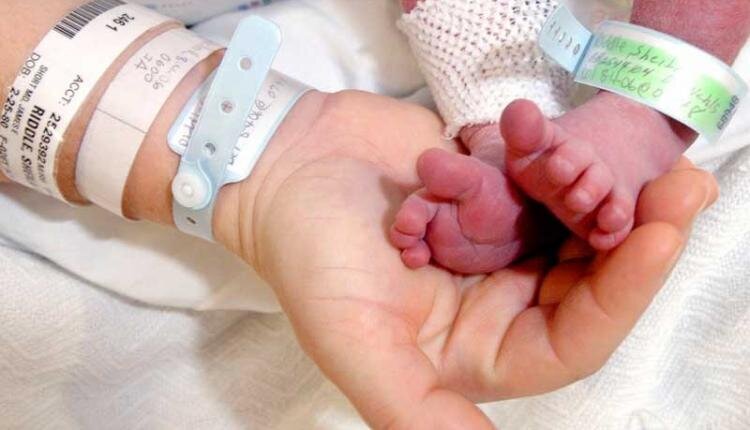Infertility treatment costs under health insurance

TEHRAN – Infertility treatment costs are currently covered by health insurance, Seyed Sajjad Razavi, the secretary of the supreme council of health insurance, has announced.
Outpatient and inpatient services of infertility treatment are covered by 70 and 90 percent, respectively, and the Ministry of Health is supposed to allocate an amount of budget in this regard, he explained.
Previously, these services were provided through state-run centers in a limited way, which is now supposed to be provided in non-governmental centers as well, Razavi stated.
Infertility is the inability to become pregnant after one year of intercourse without contraception involving a male and female partner. There are many causes of infertility, including some that medical intervention can treat.
Infertility occurs in 10 to 15 percent of couples. Causes of infertility can be female or male, or both. Male infertility is responsible for 40 percent of infertility cases, while 40 percent are due to female infertility, and 10 percent are due to combined problems in both parts. In 10 percent of cases, no cause is found. In other words, in these couples, both people do not have a problem according to the available tests, but they do not have children for unknown reasons.
In the last two decades, great strides have been made in diagnosing and treating infertility, and about 65 percent of infertile couples have had children using new methods.
Studies conducted worldwide, and in Iran, about 10 to 15 percent of couples are infertile, Abdolhossein Shahverdi, head of Royan, said in October 2020.
Until the 1970s, these couples went to European countries for treatment, but we entered into this issue in time and established more than 70 infertility centers, so great success was achieved in education, research, and specialized services, he highlighted.
The cost of infertility treatment in Iran is about 50 percent lower than in European and American countries. And the success rate in the best centers is between 30 and 40 percent, he also said.
Highest fertility decline in human history
According to the data released by the National Organization for Civil Registration, the number of births registered during the [Iranian calendar] year 1390 (March 2011-March 2012) was equal to 1,382,118, which increased to 1,528,053 births in the [Iranian calendar] year 1395 (March 2016-March 2017).
However, the number of births in the whole country faced a downtrend over the past three years, as registered births decreased to 1,196,135 over the [Iranian calendar] year 1398 (March 2019- March 2020); a difference of roughly over 120,000 to 16,000 per year.
Nicholas Eberstadt, the Henry Wendt Chair in Political Economy at the American Enterprise Institute (AEI) wrote in an article in July 2020 that the fertility rate in Iran has dropped by 70 percent over the past 30 years, which has been the highest decline in human history.
Seyed Hamed Barakati, deputy health minister for family and school population, said in May that Iran’s population growth rate has decreased to less than one percent for the first time over the past four decades.
At the beginning of the Islamic Revolution (in 1979), the country's population grew by 2.5 percent annually, however, suddenly, population growth reached about 1.5 percent in the 1980s, he highlighted.
FB/MG

Leave a Comment